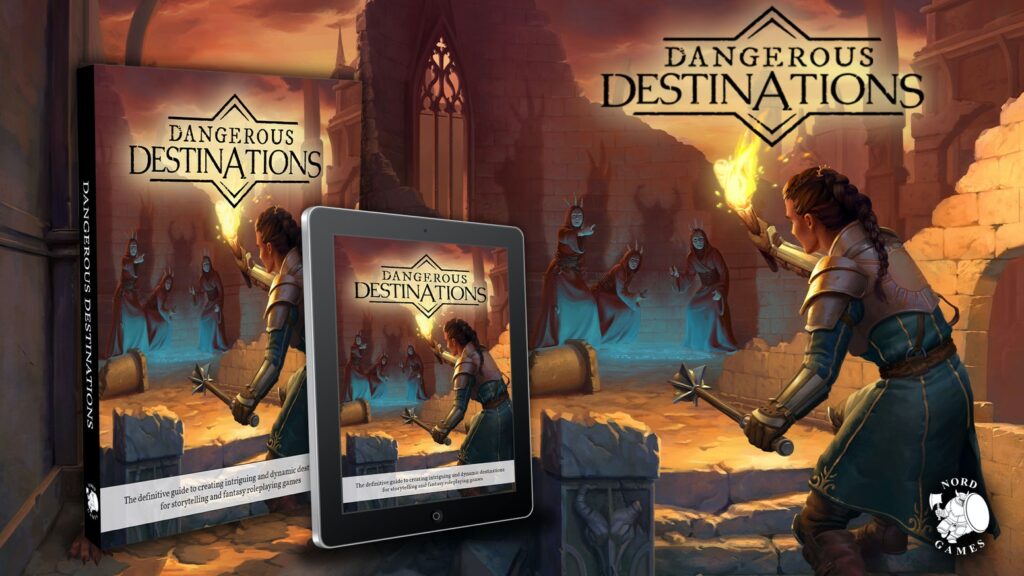Game cinematics and animations are critical components of creating an immersive storytelling experience in video games. Cutscenes and animations provide context and emotional weight to the game’s narrative, while also enabling dynamic storytelling that reacts to the player’s actions. Game developers use specialized software and tools to seamlessly integrate the animations with the gameplay, creating visually stunning and technically sound experiences for players. As the video game industry evolves, cinematics and animation will continue to play a crucial role in creating games that rival even the biggest Hollywood blockbusters.
Introduction:
Video games have come a long way from simply being a collection of pixels on a screen to immersive and interactive experiences that rival even the biggest Hollywood blockbusters. One of the key components that have enabled this evolution is the use of game cinematics and animation, which help bring the game world and characters to life in ways that were previously impossible. In this article, we will explore how game developers use dynamic storytelling through game cinematics and animation.
Understanding Cinematics and Animation:
Game cinematics and animation refer to the various cutscenes and animations that are present in a video game. Cutscenes are pre-rendered sequences that play before or after a certain level, mission, or event in the game. They are designed to give the player a break from the gameplay while relaying important story information or advancing the plot forward. Animation, on the other hand, pertains to the movement and behavior of game characters and objects. In games, it is often used to convey emotion, set the tone, and create a sense of immersion for the player.
Importance of Cinematics and Animation in Games:
Cinematics and animation are critical elements in making a successful video game. They help create a seamless experience for the player, by filling the gaps in between gameplay and providing context for the world and characters. They also enhance the overall storytelling experience, as they allow game developers to convey important plot points and emotional moments that might be hard to communicate through regular gameplay mechanics.
Dynamic Storytelling:
One of the biggest advantages of game cinematics and animation is how they enable dynamic storytelling in video games. Unlike movies or books, video games give the player agency and allow them to interact with the story and world. However, this also creates unique challenges for game developers, as it can be difficult to create a cohesive narrative that is both engaging and reactive to the player choices.
Cinematics and animation help solve this problem by creating opportunities for the story to unfold as the player progresses through the game. By using cutscenes and animation, game developers can create a more nuanced and complex narrative, while also allowing for the player’s actions to impact the overall story.
For example, in the game “The Last of Us,” the cutscenes and animations serve to highlight the bond between the two main characters, Joel and Ellie, while also conveying the brutal and unforgiving nature of the post-apocalyptic world they inhabit. As the player progresses through the game, they are presented with a series of choices that impact the narrative’s outcome and how the characters interact with each other. The cinematics and animations help to provide context for these decisions and ensure that the player remains emotionally invested in the story.
Technical Aspects of Game Cinematics and Animation:
Creating game cinematics and animations requires a combination of technical skill and artistic talent. Game developers use specialized software and tools to create the 3D models, textures, and animations that are used in the game. They also work with writers and directors to create compelling scripts and storyboards that capture the essence of the game’s narrative.
One of the biggest challenges in creating game cinematics and animations is ensuring that they seamlessly integrate with the gameplay. This means that the animations must be both visually stunning and technically sound, with no glitches or frame rate drops that could break the immersion for the player.
Conclusion:
Game cinematics and animation are essential components in creating an immersive and engaging video game experience. They help create a dynamic storytelling experience that reacts to the player’s actions, while also providing context and emotional weight to the game’s narrative. By combining technical skill and artistic talent, game developers can create stunning visuals and compelling stories that rival even the biggest Hollywood blockbusters. As the video game industry continues to push the boundaries of what is possible, cinematics and animation will remain at the forefront of this evolution.
